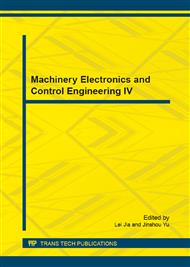p.3
p.8
p.14
p.19
p.24
p.29
p.34
p.39
p.44
Sustainable Recycle Solid Waste to Synthetic Renewable Solid Energy
Abstract:
Renewable energy is a source of energy that can be recovered and recycled. The recyclable material is removed first before energy is recovered from the residual waste. In this study, the effect of pyrolysis temperature on the calorific value of sustainable materials and gas emission quality were carried out. Pyrolysis and non-pyrolysis processes were initially conducted before calorific value determination. Calorific values of the samples were measured by bomb calorimeter. The sample that contains the highest calorific value was chosen and compared with coal. Testing of the prepared samples was accomplished using combustion process. The characterizations of the samples were determined by TGA analysis, SEM, FTIR and elemental analysis. From the results obtained, it is observed that the calorific value of sustainable material depends on the number of hydrogen, carbon and thermal energy.
Info:
Periodical:
Pages:
24-28
Citation:
Online since:
December 2014
Price:
Сopyright:
© 2015 Trans Tech Publications Ltd. All Rights Reserved
Share:
Citation:


